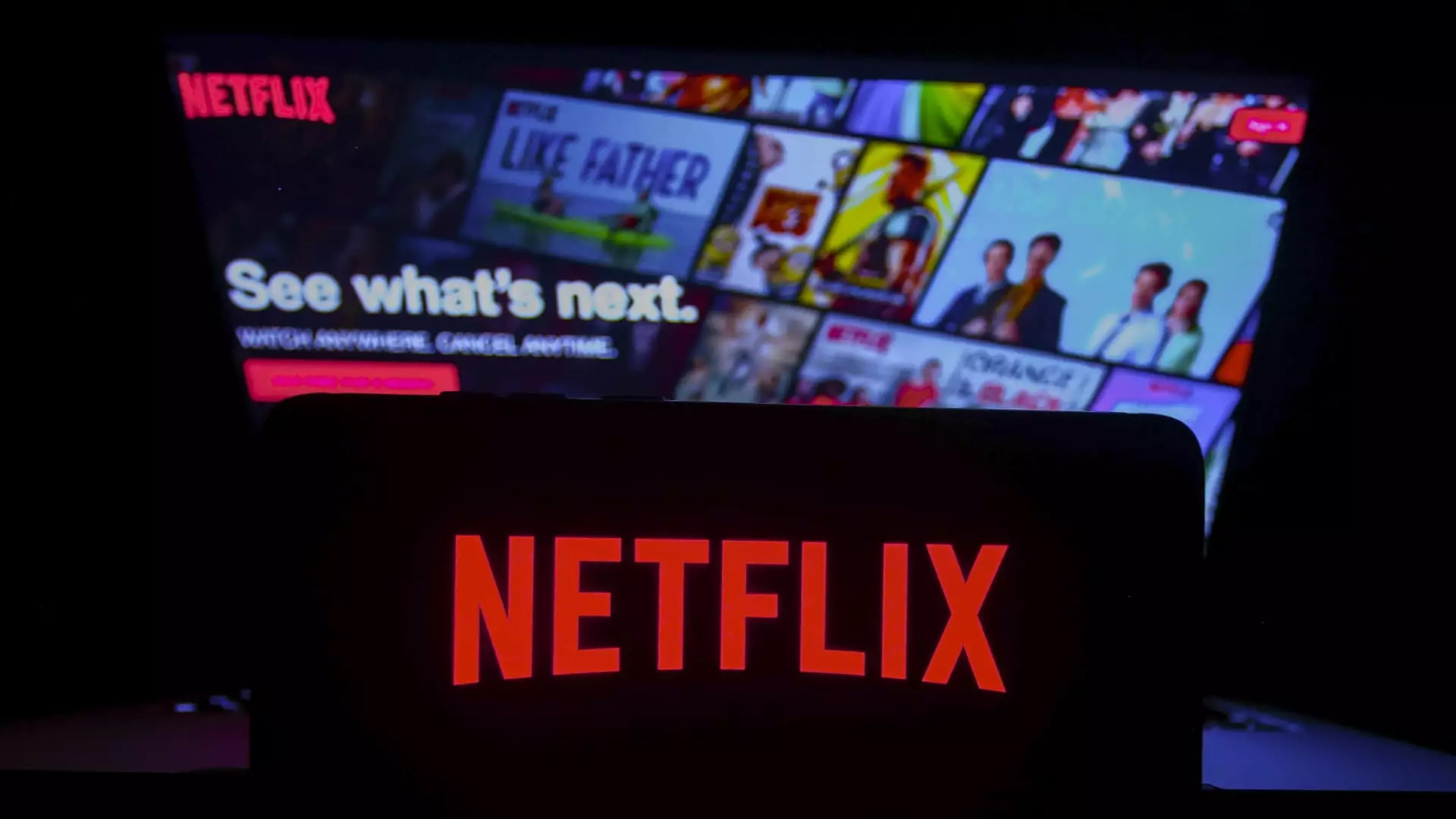Once heralded as an unstoppable titan of digital entertainment, Netflix now finds itself facing a stark reality that threatens its longstanding dominance. The optimistic projections that once fueled investor confidence are giving way to a more cautious outlook, primarily due to the mounting challenge posed by alternative content platforms like YouTube. While the streaming service maintains a formidable library of hit shows, the expanding landscape of free, user-generated content is quietly chippering away at viewer engagement and subscription growth. The critical insight here is that viewer behavior is shifting—audiences are spending less time per viewer on Netflix, a yellow flag signaling that the company’s grip on consumer preferences might be loosening.
The Illusion of Soaring Earnings Amidst Diminishing Engagement
Despite Netflix’s recent quarterly results, which boasted impressive earnings and raised guidance, the underlying metrics tell a different story. Revenue and profit figures alone do not equate to a sustainable stronghold; they mask a waning enthusiasm among existing subscribers. Increased engagement is the true currency in streaming: it fuels subscription renewals, justifies price hikes, and justifies ever-expanding programming budgets. Netflix’s reported growth overlooks the subtle but crucial decline in how much viewers are investing their time. This means that while the company’s financials look healthy on paper, its future growth could be hampered if viewer loyalty continues to wane and engagement metrics remain sluggish.
The Double-Edged Sword of Artificial Intelligence
A significant threat—and opportunity—in this evolving landscape is artificial intelligence. Netflix’s adoption of AI promises efficiency gains, especially for targeted advertising and content budgeting. However, this innovation also lowers barriers for independent creators, particularly on platforms like YouTube, which are increasingly able to produce high-quality content at minimal costs. AI arms amateur creators with the tools to craft professional-grade videos, effectively eroding Netflix’s storytelling advantage. As AI democratizes content creation, the distinction between professional studios and hobbyists blurs, creating a flood of diverse options that compete for viewer attention. This shift could divert viewers away from traditional streaming giants and toward more innovative, flexible platforms like YouTube—platforms that are already capturing a larger share of total TV consumption.
Is Netflix Still the Leading Force in Media?
Despite the mounting challenges, it remains unlikely that Netflix will cede its position as the most valuable media entity overnight. Its extensive content library, brand recognition, and strategic adjustments give it a resilient foundation. Yet, the surge in free, AI-augmented content and competition from versatile platforms indicate that Netflix cannot rest on its laurels. To maintain its relevance, the company must rethink how it fosters meaningful viewer engagement and integrates cutting-edge technology without being undercut by democratized content creation.
In this shifting landscape, complacency is a gamble. The era of dominance defined solely by content quantity and initial subscriber growth is fading. Netflix’s future hinges on its ability—and willingness—to innovate in engagement strategies, content customization, and artificial intelligence, all while navigating the formidable competition from platforms like YouTube. The question is not whether Netflix will continue to be a major player; it is whether it can evolve fast enough to stay ahead of a rapidly democratizing media universe that threatens to make its once-unassailable position obsolete.

